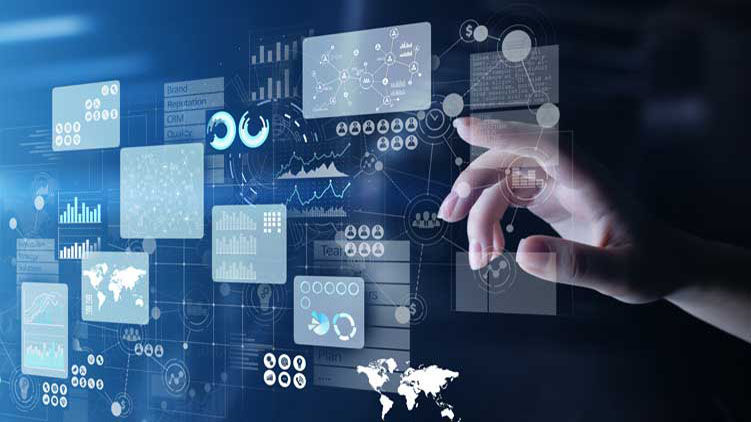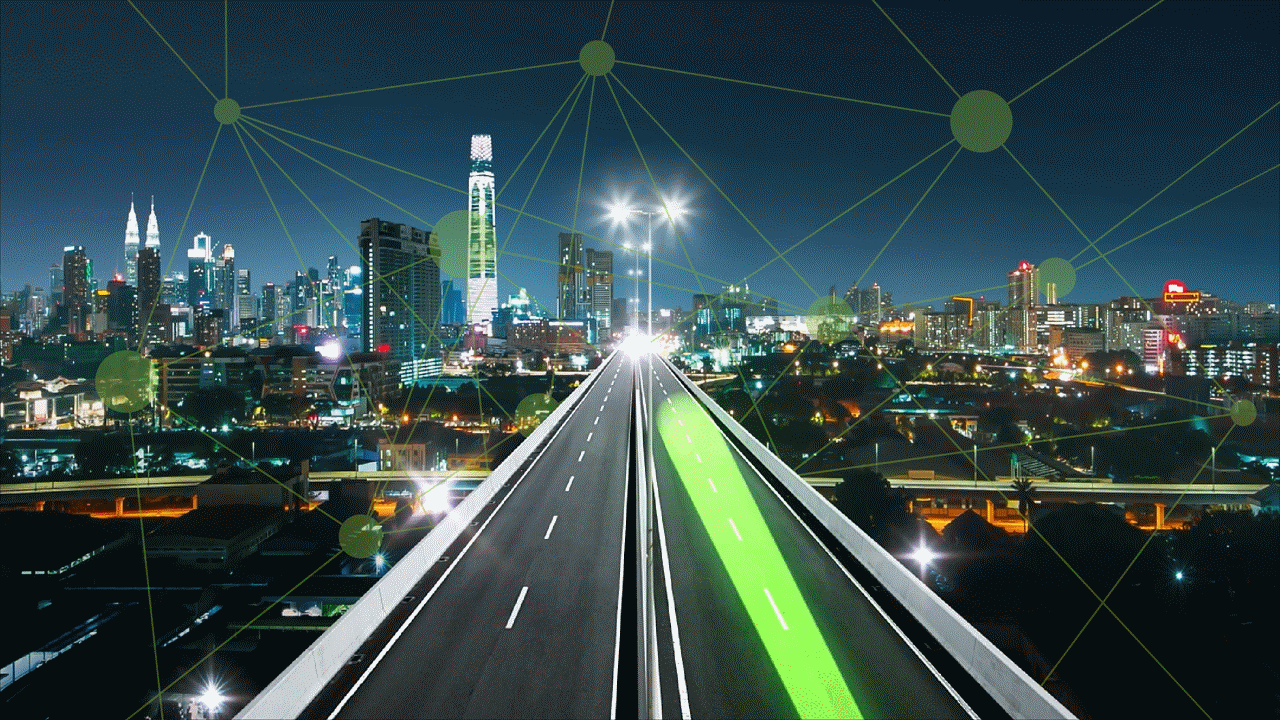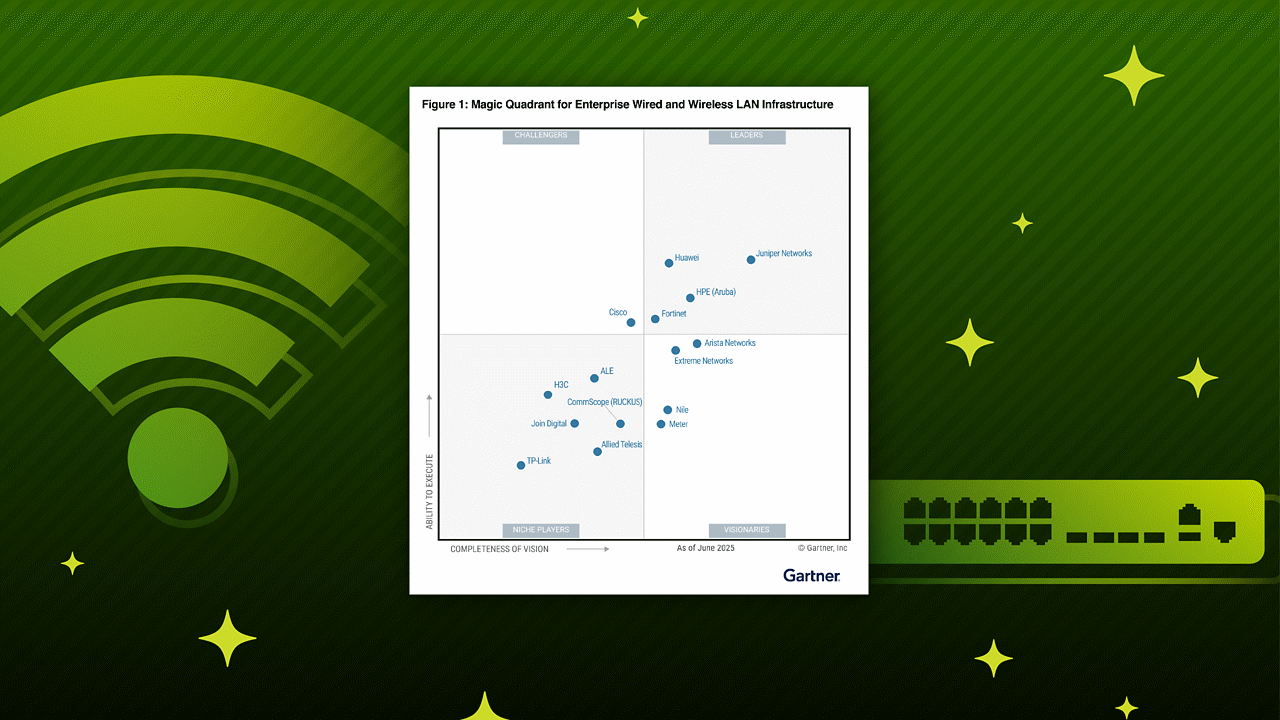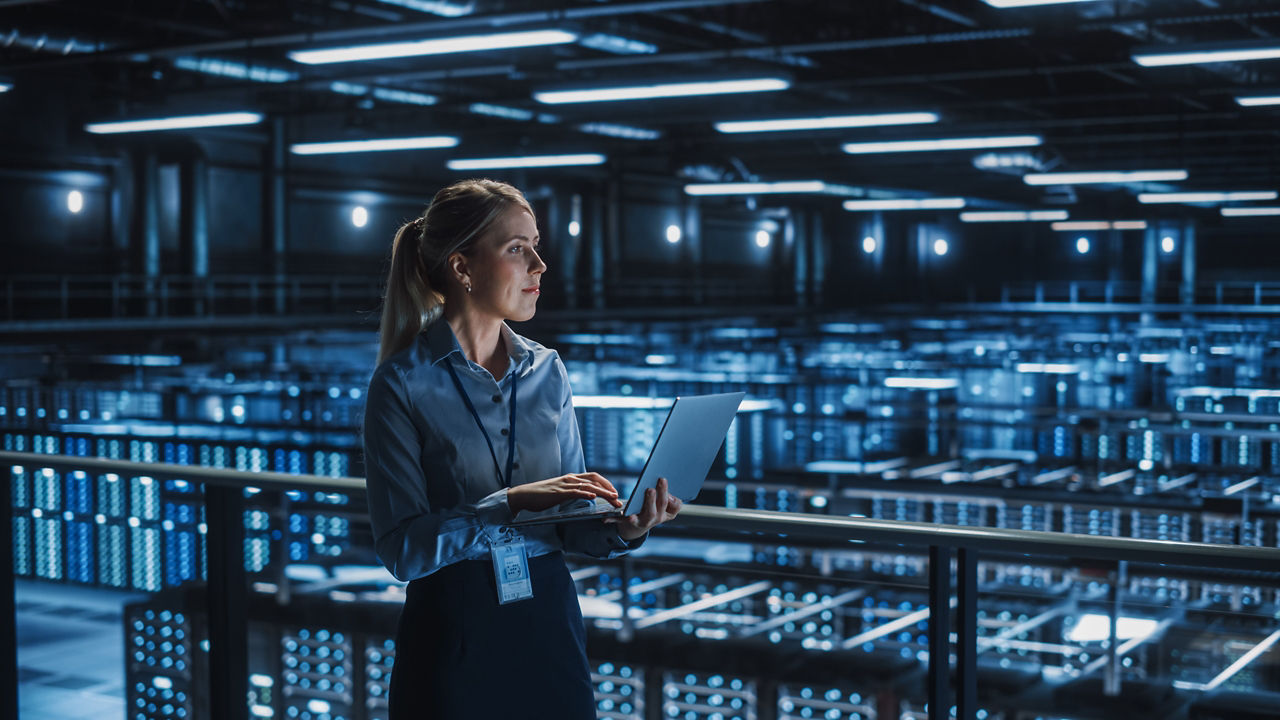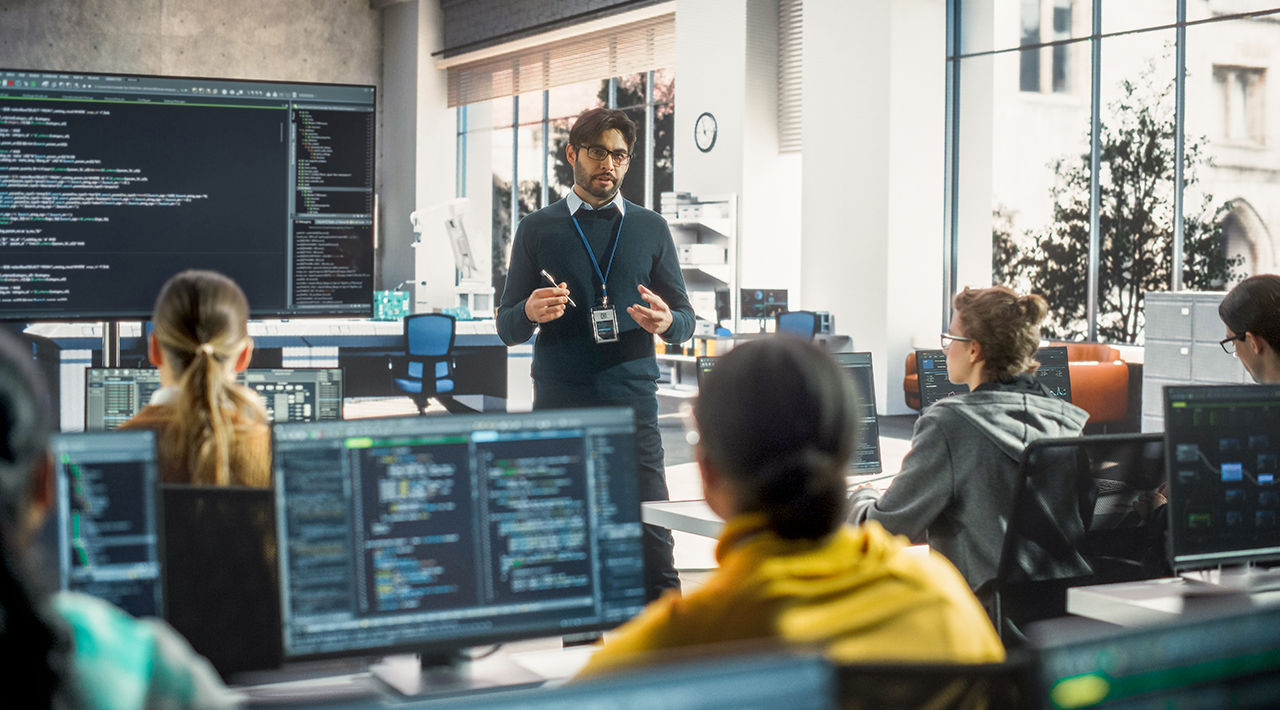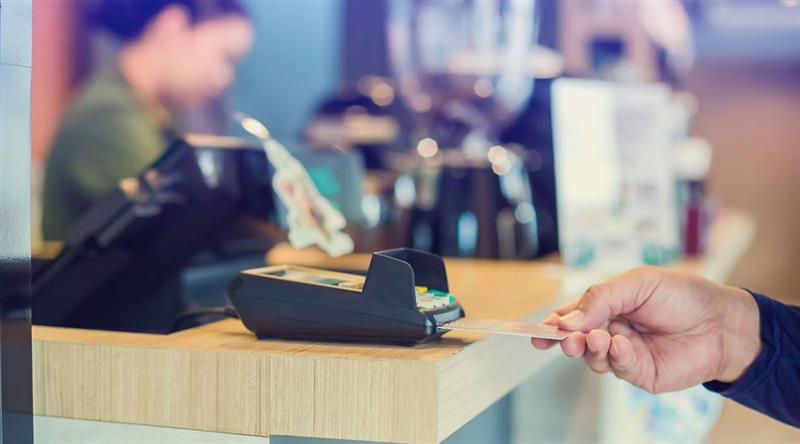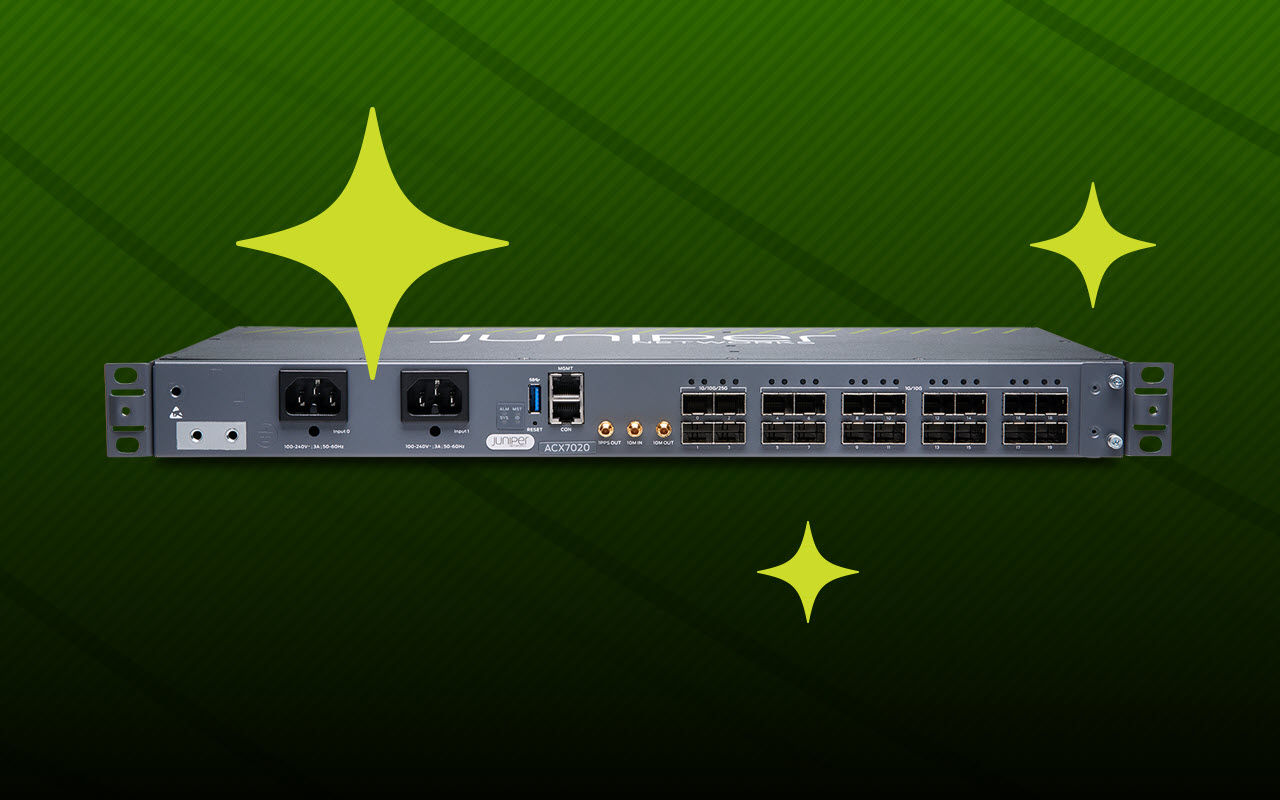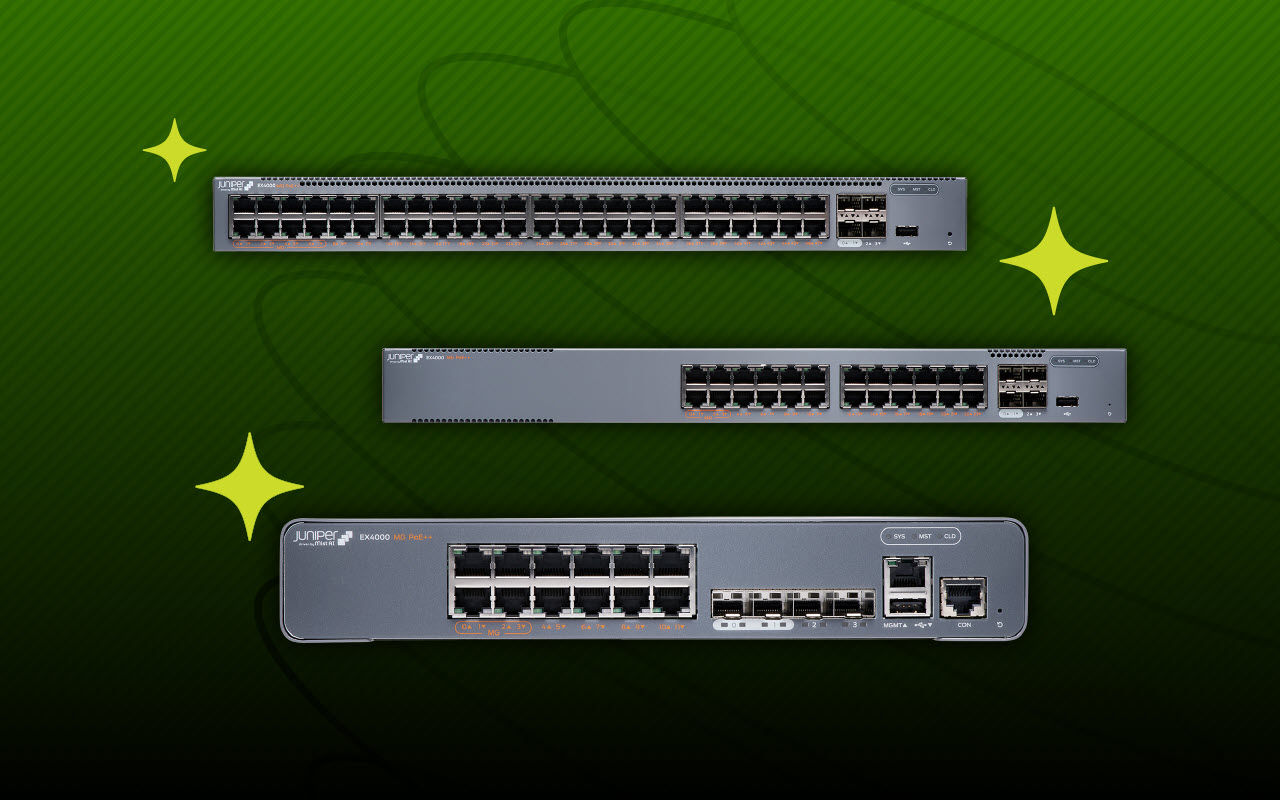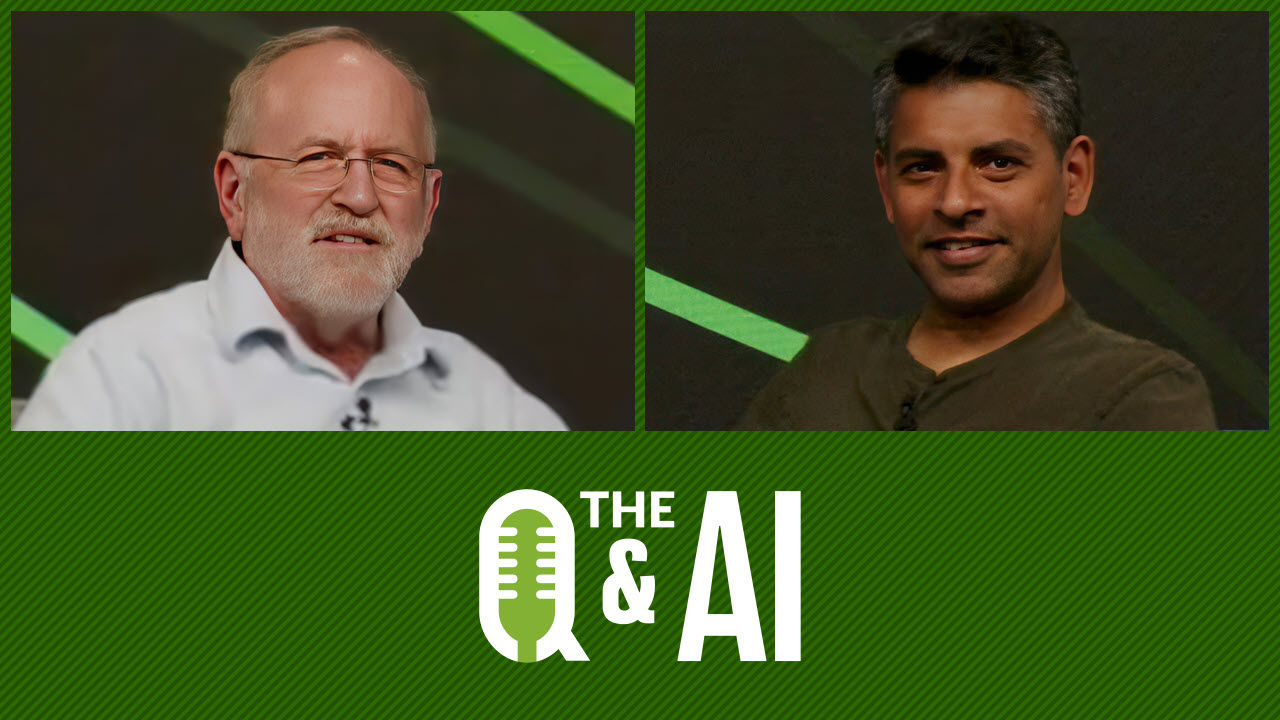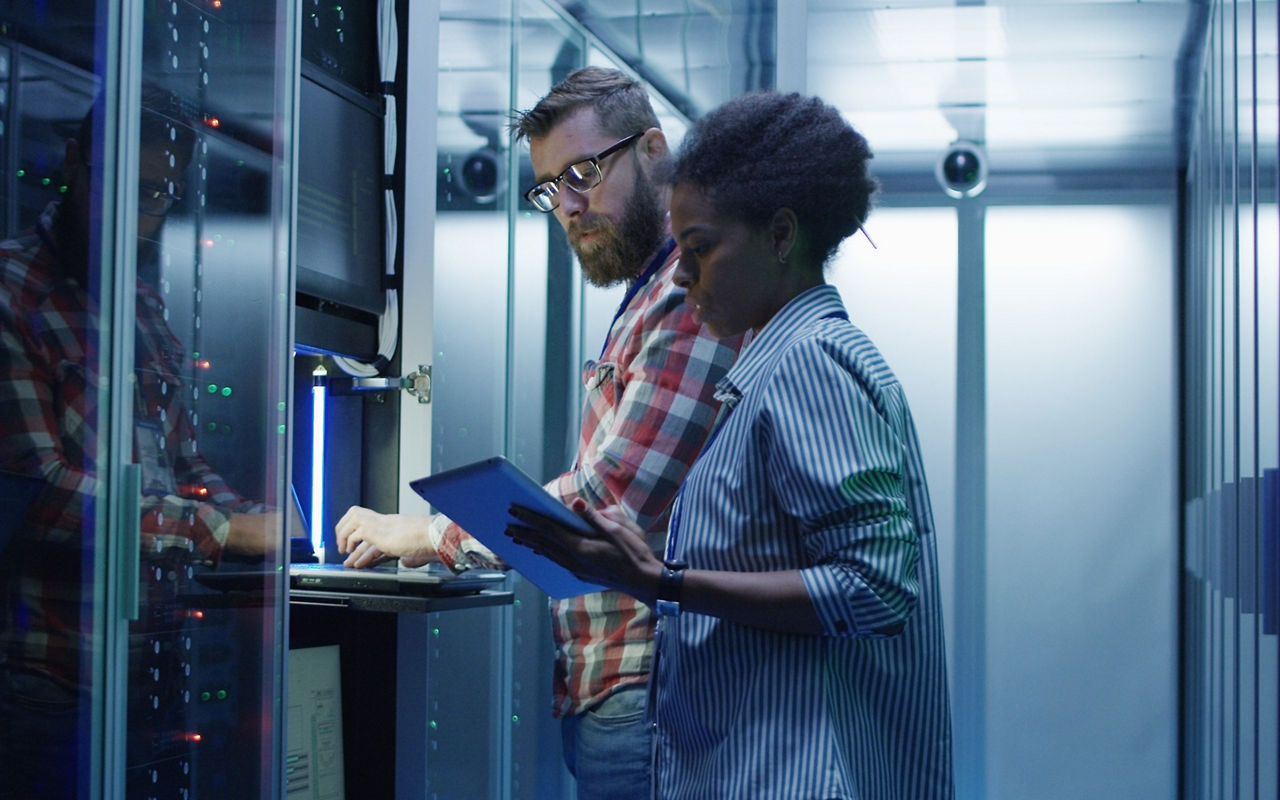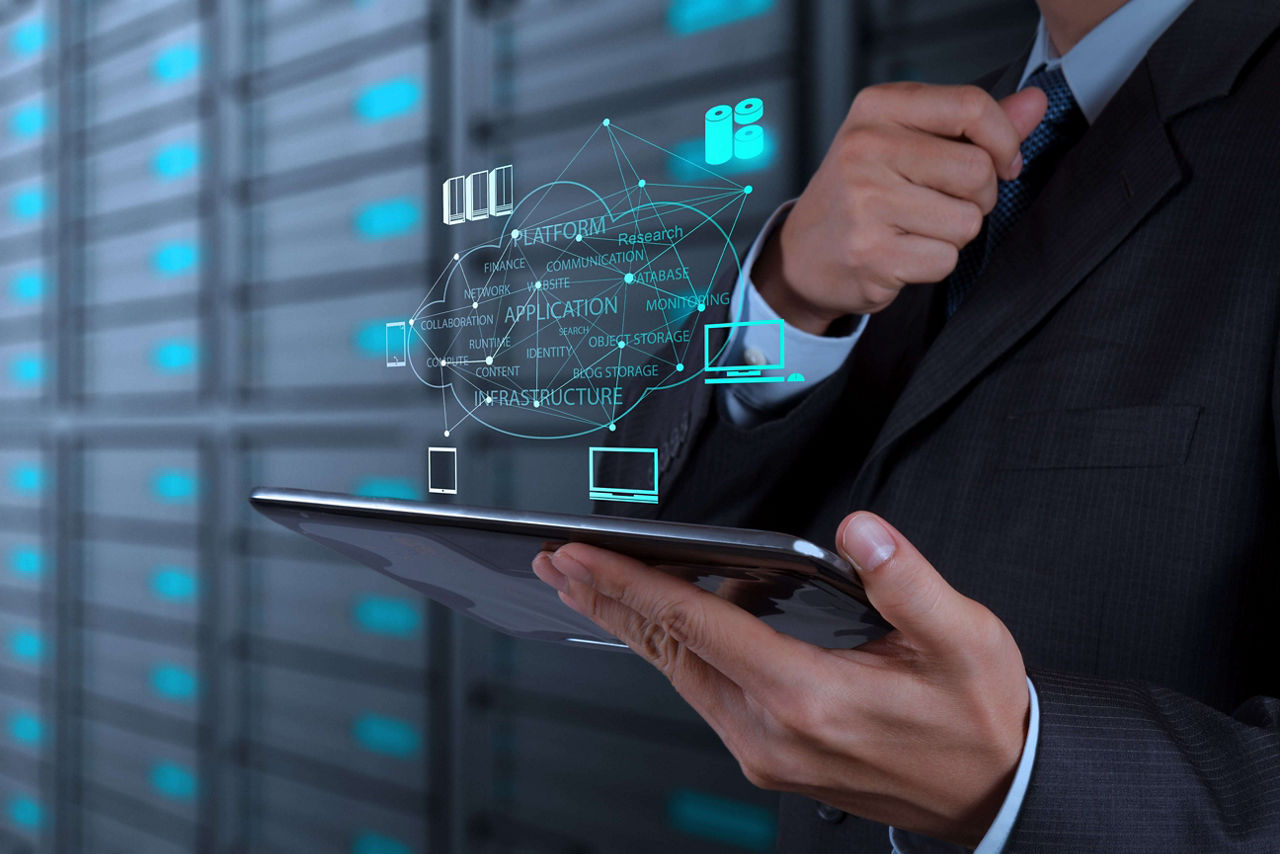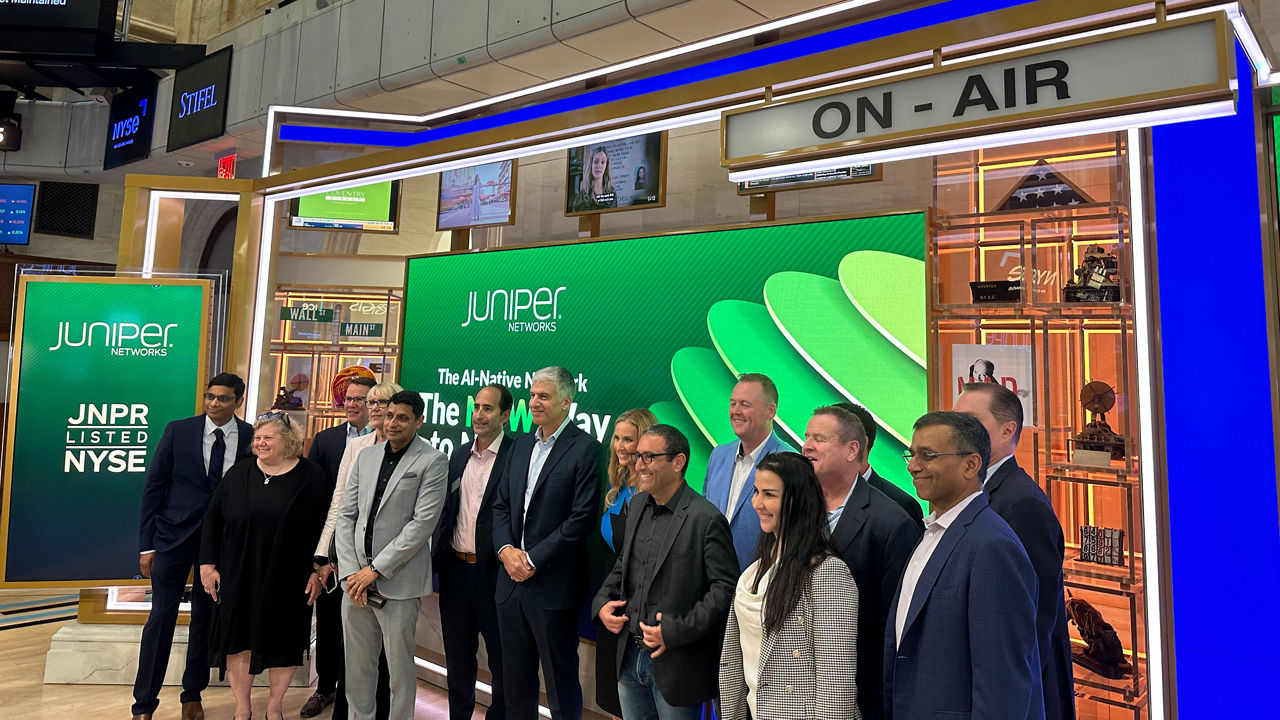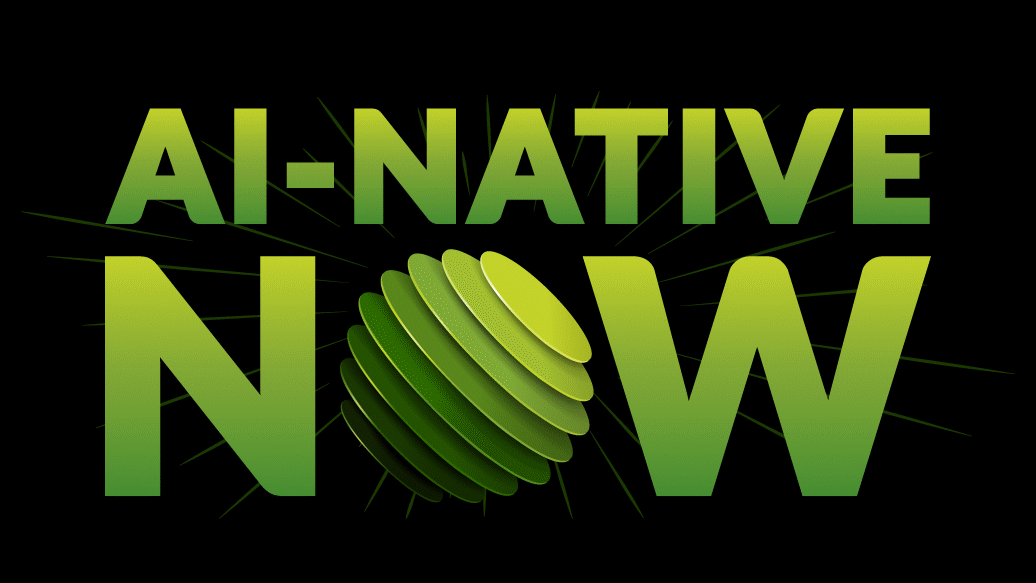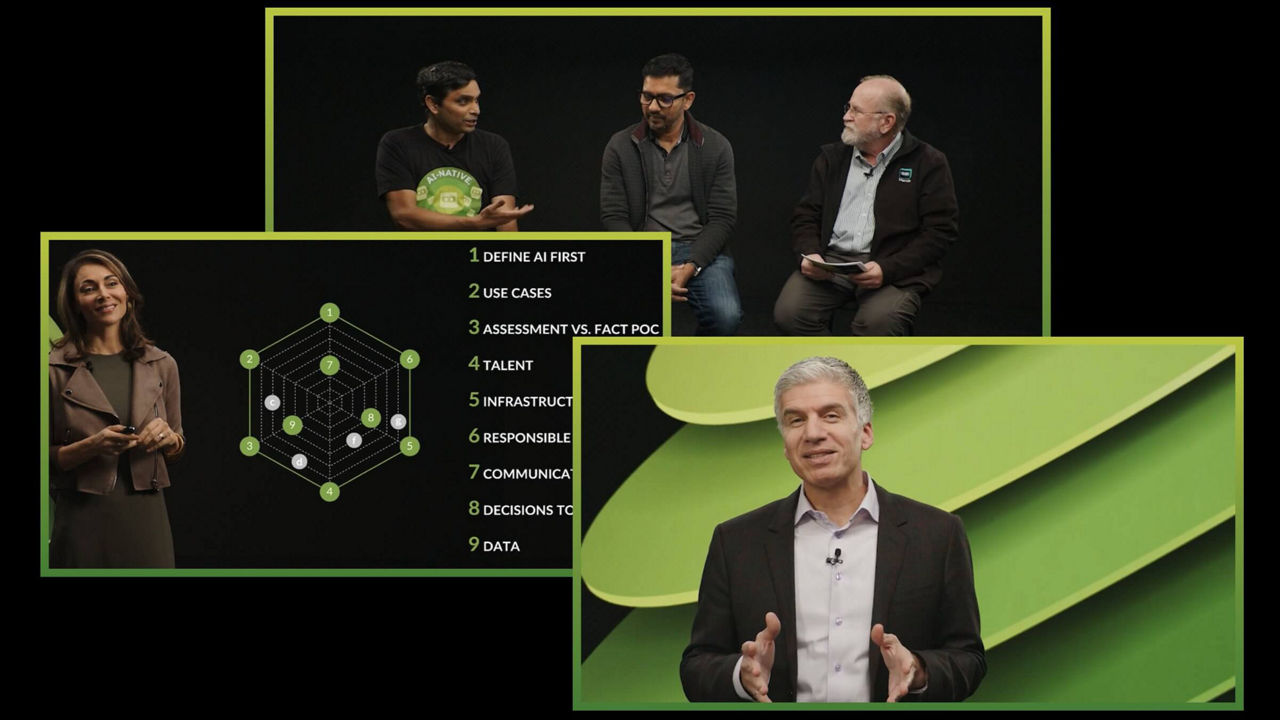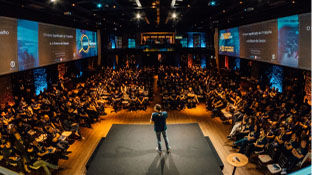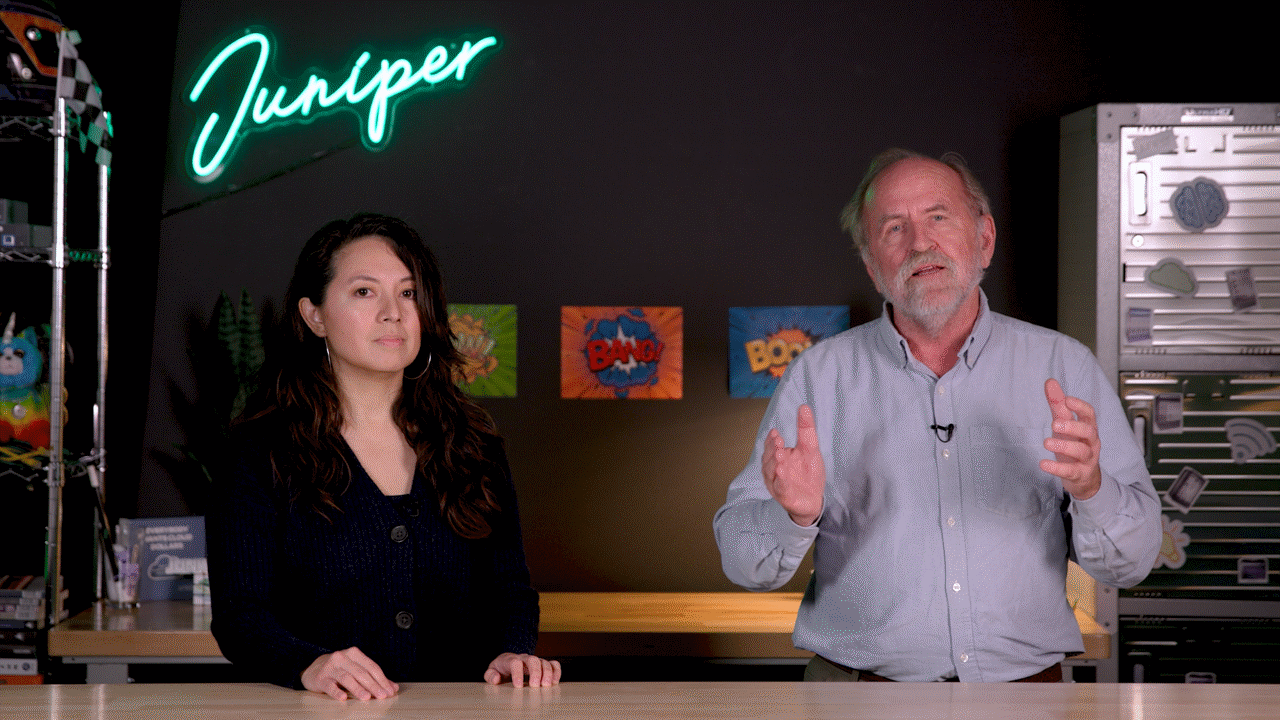Akamai - Building a Backbone for the Intelligent Edge Platform | Juniper Global Summit


The intelligent edge platform.
What happens when a business experiences a year’s worth of customer demand in a month? The CDN provider Akamai acted swiftly to secure enterprise customers and meet the growing video and gaming appetites of a world suddenly shut inside. Christian Kaufmann, VP of technology, explains how in this video.
You’ll learn
How software-defined network enables rapid scale
Why Akamai is building a backbone for the intelligent edge platform
How staying close to end users allows for optimal latency and performance
Who is this for?
Host

Guest speakers

Transcript
00:00 [music]
00:07 Hello, everyone.
00:08 My name is Sally Bament
00:09 and I am Vice President of Marketing
00:11 for Juniper's Cloud and Service Provider Solutions.
00:14 Joining me today,
00:16 I have the great pleasure to introduce Christian Kaufmann,
00:19 Vice President of Technology at Akamai.
00:21 Christian, welcome. Thank you for joining us today.
00:24 Really appreciate it.
00:26 Thank you, Sally.
00:27 Thanks for the invite and the pleasure is really on my side.
00:31 Thank you.
00:32 In full disclosure, Akamai and Juniper,
00:35 we have had a very strong
00:38 and long-standing partnership for quite some years.
00:41 In fact, Juniper is one of the many
00:43 global companies that benefit from Akamai's robust
00:47 and reliable cloud offering.
00:50 First of all, on behalf of everyone at Juniper,
00:52 thank you for helping us optimize
00:54 our external digital landscape.
00:56 Obviously, a big part of that is juniper.net.
00:58 Thank you for that.
00:59 Thank you. You are most welcome.
01:03 Actually, let me give the compliment back.
01:06 As you know and as we both talk about
01:08 some of the traffic flows over Juniper routers
01:11 so we have to say thank you
01:12 for your services and your boxes.
01:15 You're very welcome.
01:17 Listen, maybe we can start
01:18 and have you tell us a little bit about
01:21 Akamai and just to share scale
01:23 and scope of the network that you've built.
01:27 Sure.
01:28 Akamai is the leading cloud and edge computation platform.
01:36 I think most people know us as a traditional CDN.
01:39 We deliver content since many, many years.
01:42 Recently, we also added security
01:45 and some other products to our portfolio.
01:48 The Akamai platform is actually quite sizable.
01:51 One of our key motivations and one of our goals is to go
01:55 as close as possible to the end-user so that the performance
01:59 and the latency is as good as possible.
02:02 For that, we distribute our platform all over the world.
02:07 We are currently in 135 countries,
02:11 a little bit over 300,000 boxes at the edge.
02:14 As you can imagine, a lot of traffic coming from there.
02:18 Perfect. Thank you.
02:21 I know you've done some interesting things,
02:24 Christian, in terms of building out the backbone to support
02:27 your server environment,
02:29 particularly around your own software-defined network as well.
02:34 Maybe if you could talk a little bit more in detail on that
02:37 particularly the benefits it brings to Akamai's business as well as
02:42 obviously the customers that you serve.
02:45 Sure.
02:47 For the people who know us when we started, traditionally,
02:52 what we did is we actually put a couple of servers depending
02:55 on the need at the given location
02:57 and put them at an internet exchange or into the Eyeball Networks.
03:02 Basically, your access provider.
03:05 That is how we started our CDN business.
03:07 For the longest time, we actually didn't have a backbone.
03:10 We had a couple of servers probably a route in front of it
03:14 and then that was an island
03:16 connected to the particular Eyeball Provider.
03:19 Over time, as traffic profiles and products change,
03:23 what we have seen is that we have more and more traffic actually
03:26 between the various clusters.
03:28 They started to talk with each other.
03:30 That had to do with caching,
03:34 storage, multi-tier caching, and stuff like that.
03:37 At this point, we decided to actually build an own backbone
03:41 to connect the various islands together where there was need.
03:45 That is also where then Juniper came into the play because
03:48 we decided to base the backbone purely on Juniper boxes.
03:53 We use Juniper boxes coming from the backbone side.
03:57 We use them for the backbone.
03:58 There are hundreds of gig links all around the world
04:01 between Juniper routers.
04:04 Then, when we come traditionally more to the metro network
04:07 or inside of a data center,
04:10 then we actually started to use different technologies
04:13 depending on the use case.
04:16 The cluster in itself which is basically
04:19 a couple of routers and the service
04:23 behind, or in a big scenario actually
04:25 where we have our own Clos network
04:27 like a fabric network as we call it.
04:29 We actually run our own proprietary SDN components in it,
04:34 which exit I'll be using, how do we route traffic in between,
04:38 how do we do the traffic distribution and the load balancing,
04:41 is actually done by an in-house software.
04:45 We then also have two flavors
04:47 and that is where the desegregation comes into it.
04:50 For the fabric itself, you can either use Junos,
04:54 and this is where we use you as the software.
04:57 We have it on white-labeled boxes or in some cases,
05:00 we have our own software,
05:02 if you need a little bit less features,
05:03 probably no MPLS or no additional parts.
05:07 Then we have written our own layer two
05:10 and layer three software stack and actually use our own stuff.
05:14 This is one of the parts which we liked on Juniper so much,
05:18 and that you offer these various flavors.
05:21 You offer on one side of box with the operating system.
05:24 Then depending on the use case or just the operating system
05:28 and everything works needlessly together with our own boxes
05:32 where we also run our own software.
05:35 This scale, if you want to call it like that,
05:38 where you can actually choose and desegregate exactly
05:42 as the original idea was the hardware from the software,
05:44 depending on the use case is something
05:46 we really appreciate this Juniper.
05:49 Thank you. That's very interesting.
05:52 Suddenly, a theme that's been top of mind for many is 2020.
05:57 What a year, in terms of massive growth in traffic,
06:01 a huge demands and more than anything,
06:04 just the shifting traffic patterns that happen literally overnight.
06:08 Tell us a little bit about how Akamai
06:10 dealt with those changes in traffic patterns
06:13 and how you might think about doing things differently,
06:16 knowing what you know now about these past 12 months.
06:21 I think we have seen two different things in 2020,
06:27 and especially March was actually the big months.
06:30 Usually, whatever we have on traffic growth for a whole year,
06:35 we basically cap that all in one month.
06:37 2020 March was as much as usually
06:40 a whole year of traffic growth.
06:42 That came actually from two sources.
06:45 One source was one of our products for enterprise security.
06:51 Whatever company now needed
06:53 a secure connection back to their office
06:58 their remote worker could take
07:00 one of these products from us.
07:02 On the other side,
07:03 now a lot of people were at home
07:05 because they also couldn't go out in the evening.
07:09 What we have seen then was a massive increase
07:12 in video consumption, but also in downloads.
07:16 Some of our customers offering
07:18 downloads for PlayStation and other boxes.
07:21 If you then start downloading a 50 or 60 gig file
07:25 as a software update or the whole game,
07:28 then that drives traffic increase.
07:32 Anything that you would do differently
07:35 knowing what now about this past year, Christian?
07:40 No, probably not.
07:42 We always had one of our business models
07:46 or customers where to plan for big events.
07:50 One big event, which was supposed to come last year
07:53 was the European Championship.
07:55 We were a little bit lucky that evening
07:57 the European Championship
07:59 didn't happen for soccer in Europe,
08:02 that what we built capacity ahead
08:05 to actually deal with that event
08:08 was the incoming very handy,
08:12 for the traffic growth or the traffic explosion,
08:16 which we actually have seen.
08:18 I think the biggest changes,
08:20 the biggest lessons learned out of that,
08:23 to be honest, we're not so much from a design perspective
08:29 or from a technology perspective,
08:31 but probably more from a supply chain perspective.
08:33 If certain countries are down.
08:36 China wasn't producing and so on.
08:38 That has an implication.
08:40 Usually, most stuff is halfway just in time,
08:44 but now you have a traffic growth which is quite huge.
08:48 Then you have to basically catch up
08:50 and build all this stuff and new capacity.
08:53 If you then figure out that
08:54 the supply chain doesn't really work,
08:56 then that's certainly an issue.
09:00 One other interesting part was, usually,
09:02 we have a good outline of when we want to upgrade
09:06 and build capacity and the backbone is one example for that
09:10 because you know your traffic growth
09:12 and you have a planning for the future.
09:16 In case of last March, I think whatever we had in mind
09:19 for whatever we need as a new design
09:22 or catch up, or how many boxes
09:24 we have to build in which timeframe
09:28 accelerated quite a bit, right?
09:30 Because now we had to catch up
09:32 and actually build all the parts
09:34 which we have eaten up in one month for the remaining year.
09:39 I absolutely understand.
09:41 I totally appreciate the supply chain demands
09:44 as well in terms of as well competing with everyone else.
09:48 Based on obviously the last 12 months
09:51 and even your experience, what's next,
09:54 Christian, for Akamai what's next for the industry?
10:01 Well, I think we have two parts.
10:03 One is still ongoing growth which we have
10:07 on the traditional CDN platform.
10:10 It's actually funny because I looked
10:12 at our notes when we first talked about
10:15 today's call and repaired it.
10:18 We actually talked about the backbone
10:21 had a traffic range at the time of 40 therapists
10:24 and that was six weeks ago or so when we started to talk.
10:27 I looked it up yesterday and now we are at 64.
10:32 We added basically another 24 therapists
10:35 just on the backbone part between
10:37 our service in just six, seven weeks.
10:41 As you can see traffic growth
10:43 doesn't really slow down on our side.
10:45 That's certainly something which will keep us occupied.
10:49 The other part, what is the next big thing?
10:52 This is always the traditional and good question.
10:55 I think there're two parts coming up,
10:57 even if they're not really well-defined yet.
11:00 One is, what are the implications of 5G?
11:03 I think nobody exactly knows yet.
11:05 You'll get all these benefits
11:07 of increased throughput and speed
11:09 but what does it actually mean for CDN and cloud providers
11:12 and what will the adoption rate be?
11:15 Then you have, of course, IoT
11:17 which fits together with the 5G story.
11:21 We certainly will see more
11:23 in regards of security products in that regard
11:27 but also even more traffic moving to the edge
11:30 which is where we are traditional at home.
11:33 That makes a lot of sense.
11:35 Listen, Christian, I just want to thank you
11:38 for your perspectives, your insights,
11:40 certainly your time as well.
11:42 Always good to catch up.
11:43 Certainly, we look forward to continued partnership
11:47 and partnership momentum going forward.
11:49 Thank you.
11:50 Thank you for your time.
11:51 Thanks to you.
11:52 Much appreciated.
11:53 Thank you.
11:54 Bye.
11:55 Bye-bye.
11:56 [music]


